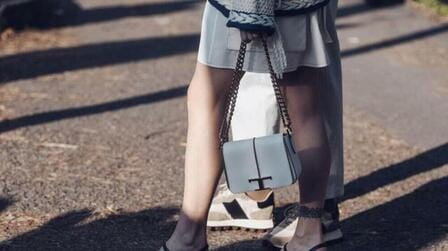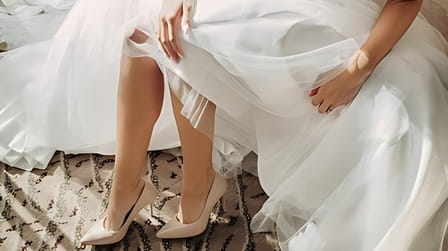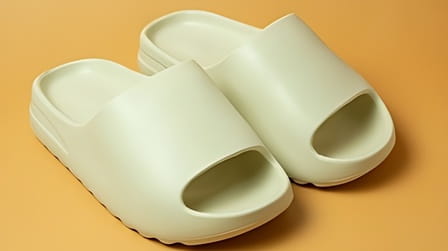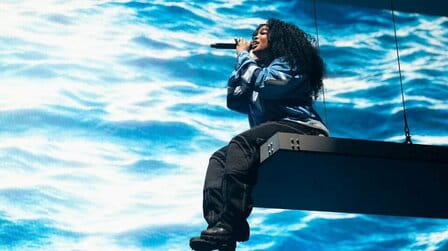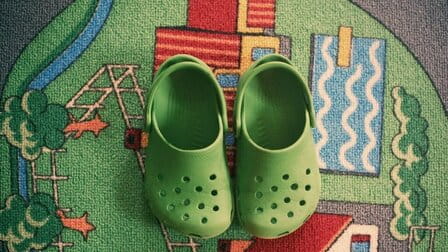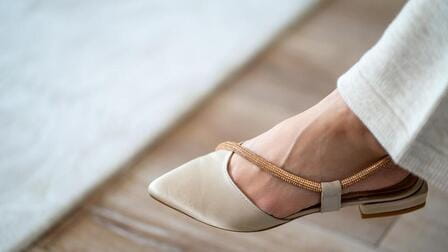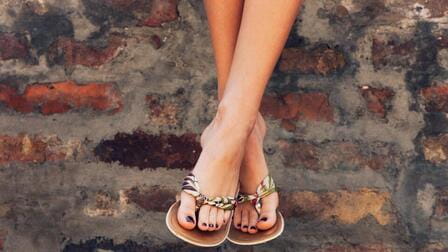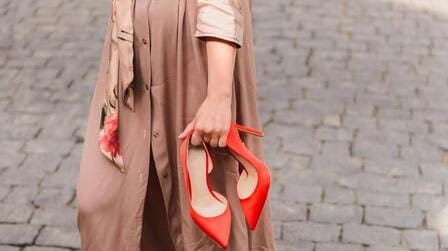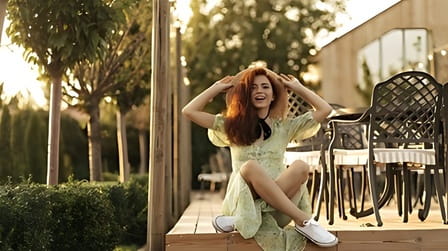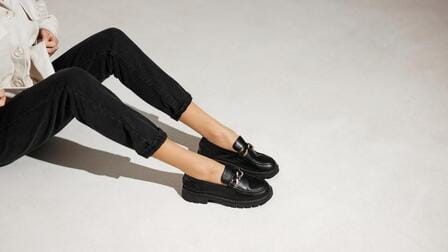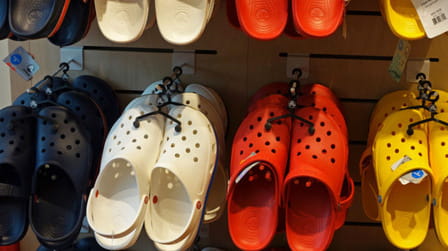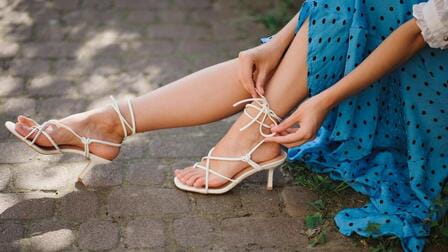Sandals and flats are two popular types of women's footwear that are quite similar in some ways, yet distinct in others. Understanding the key differences between sandals and flats can help you determine which style best suits your needs and preferences.
Sandal Construction
The main component of any sandal is the straps. Sandals use straps made from materials like leather, plastic, rope, or fabric. These straps are connected to the sole and wrap around the foot in places like: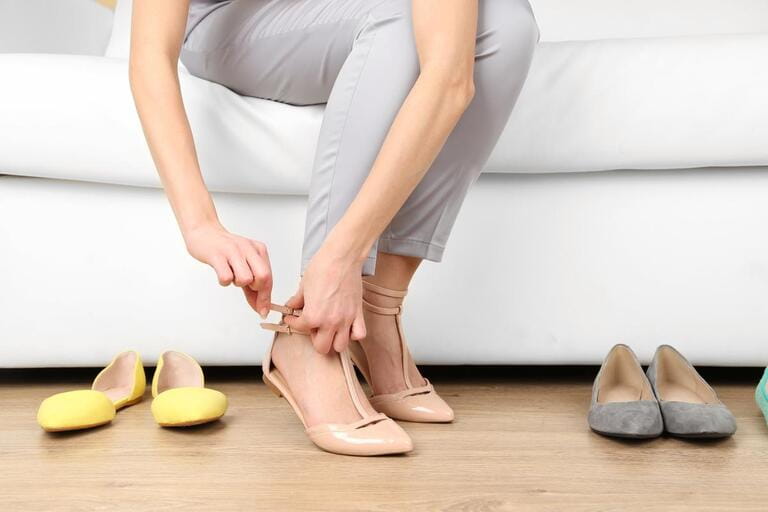
- Between the toes
- Across the front of the foot
- Around the ankle
- Up the calf
Straps can be wide or thin, flat or braided. They are attached and adjusted through buckles, knots, or Velcro. This strappy construction is what defines a sandal. It leaves much of the foot visible and allows air to circulate around the feet.
Common sandal styles include flip-flops, thong sandals, slingbacks, and gladiator sandals. There are heeled sandal options too.
Flat Shoe Construction
Flats are constructed more like regular closed shoes. They have uppers made from materials like leather, canvas, mesh, or fabric. The uppers cover most of the foot and toes, extending to the ankles.
Flats do not have a separate heel. The uppers are directly attached to the sole, keeping the entire shoe flat. The toe area may be rounded or pointed. Some flats have open-toed designs or a peep-toe cutout that shows one or two toes.
Ballet flats, loafers, and d'Orsay flats are common closed-toe flat styles. Open-toed options include mules and slides.
Straps vs Uppers
The core construction difference between sandals and flats is straps versus uppers.
Sandals like flip flops use thin straps between the toes. Ankle-strap sandals have, as the name implies, a single strap that wraps around the ankle. Gladiator sandals incorporate multiple straps across the foot and up the calf.
Flats enclose the foot in a full upper made of leather, canvas, or another material. The upper provides more coverage and protection compared to bare straps. Closed-toe flats fully cover the toes, while open-toed flats reveal them.
Straps define sandals, while uppers define flats.
Securing the Shoe
Because they lack a full upper, most sandals need an additional fastening mechanism to keep them secured on the foot. Common closures include:
- Buckles - Leather or metal buckles with an adjustable strap are a secure classic sandal closure.
- Velcro - Hook and loop Velcro closures make sandal straps easy to adjust.
- Slip-on - Flat thong sandals slide on and stay in place between the toes without additional fasteners.
- Ties/Wraps - Long straps are wrapped around the ankle or leg and knotted into place.
- Elastic - Stretchy elastic straps or gore allows sandals to slide on but "hug" the foot.
Flats do not require extra closures since the upper hugs the foot. Most flats are slip-ons and rely on the fit of the upper to stay on the foot snugly. Some ballet flats will tie around the ankle for extra security and support.
Heel Differences
By definition, neither sandals or flats have an elevated or separated heel. Both provide a flat sole.
However, some sandal styles like wedges and platform sandals do have a thicker sole that adds overall height. The sole is uniform from toe to heel rather than raised at the heel. A wedge or platform adds stability compared to a narrow stiletto heel.
Most flats have a thin, non-elevated sole. Ballerinas and other dance shoes have thin, flexible soles for mobility. Some loafers have a slightly thickened sole for cushioning. But flats are flat from end to end.
Open vs Closed Styles
Sandals are designed to be open and show off the feet. Even styles with many crisscrossing straps leave skin visible in between. Being open allows air to circulate and keep feet cool.
Some sandals like flip flops are completely exposed except for the strap between the toes. High-coverage gladiator sandals still expose most of the foot. Openness ranges from full exposure to just the toes peeping out.
Most flats provide more coverage and enclose the foot fully or partially. Ballet flats, smoking slippers, and loafers cover the foot for a closed-in feel. Open-toed styles like mules allow the toes to feel fresh air while keeping the rest covered.
When to Choose Sandals vs Flats
With the differences in construction, style, coverage, and openness considered, when is each shoe preferable?
Sandals Are Best For:
- Hot weather - open and airy
- Casual wear - easy to slip on and off
- Beach and water wear - allow feet to get wet
- Showing off pedicures - feet are on display
Flats Are Best For:

- Cold weather - provide more coverage and warmth
- Dressier outfits - sleek, polished look
- Work environments - professional closed-toe look
- Sturdy support - uppers hug feet in place
Sandals vs Flats: Key Takeaways
- Sandals have open straps, flats have closed uppers
- Sandals expose the feet, flats cover them fully or partially
- Sandals require additional closures, flats slip on
- Neither sandals nor flats have a heel
- Sandals provide air flow, flats provide warmth
- Sandals are very casual, flats range from casual to dressy
Now that you know the major differences in construction, style, purpose, and wearing occasions, you can decide whether sandals or flats are better for your needs. With warmer or cooler weather ahead, you may find yourself reaching for these comfortable staples more often. Understanding the unique qualities of each will ensure you pick the pair that matches your outfit, activities, and seasonal environment.
Conclusion
Sandals and flats meet different needs for coverage versus airflow and range from casual to dressy. Now that you know the core differences between straps versus uppers, open versus closed toes, and overall construction, you can select the right pair. Flats keep you covered in the cold and sandals free you in the heat. With flexible styling potential, both can take you from running errands to a date night out in comfort.
